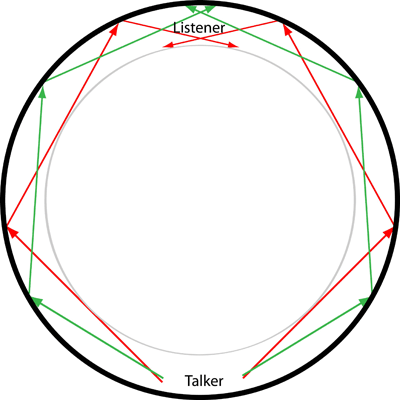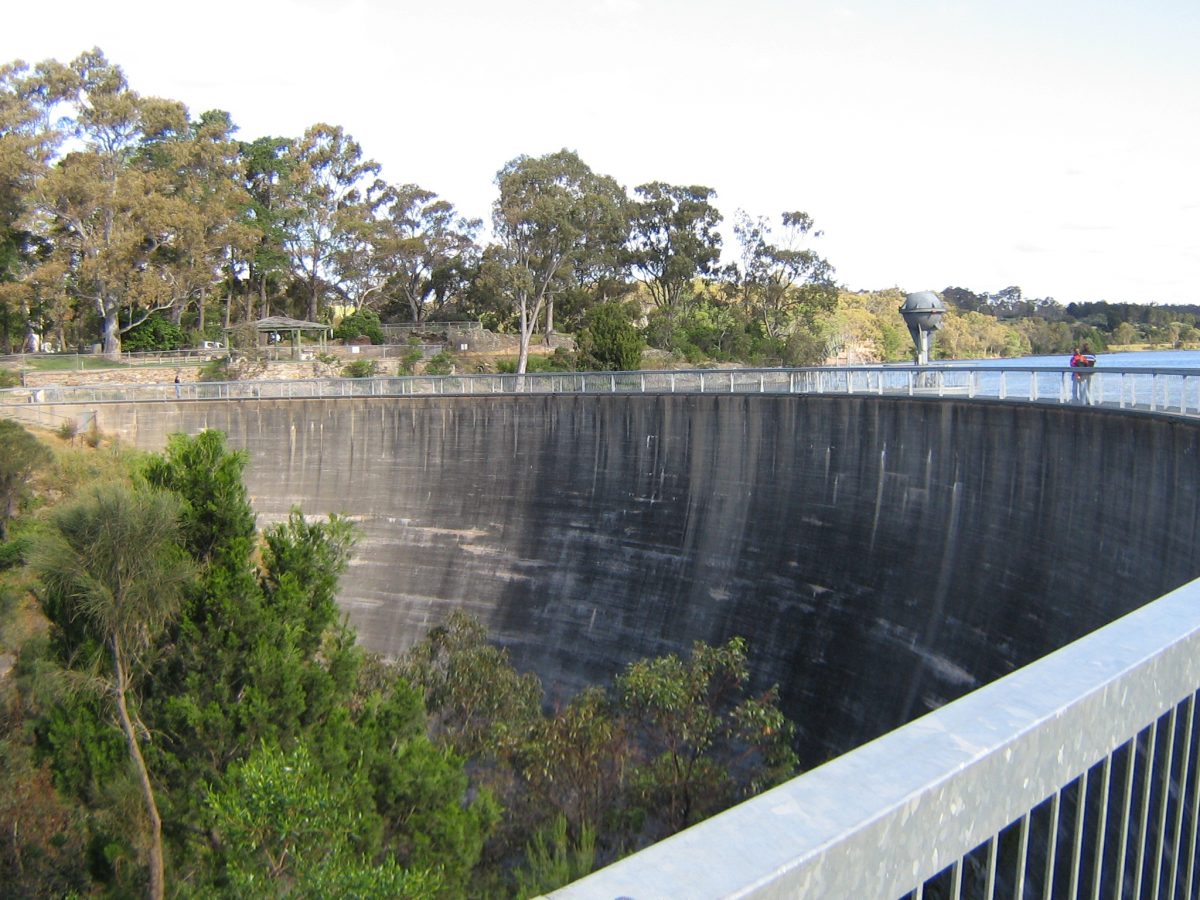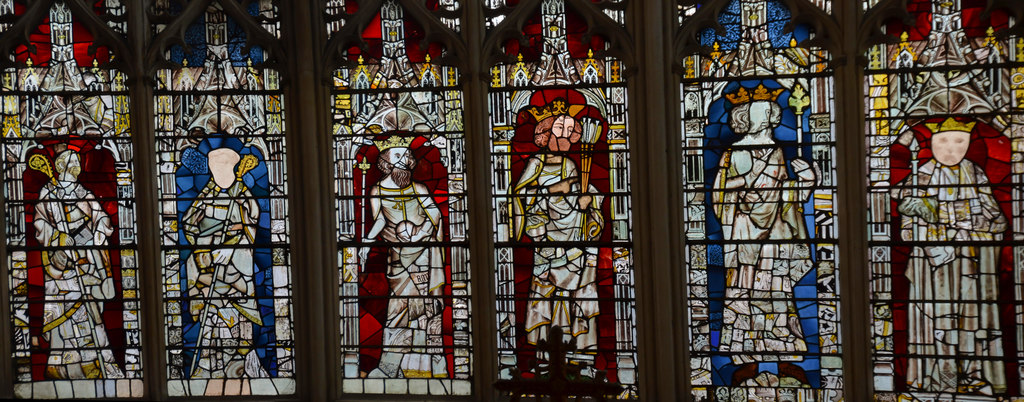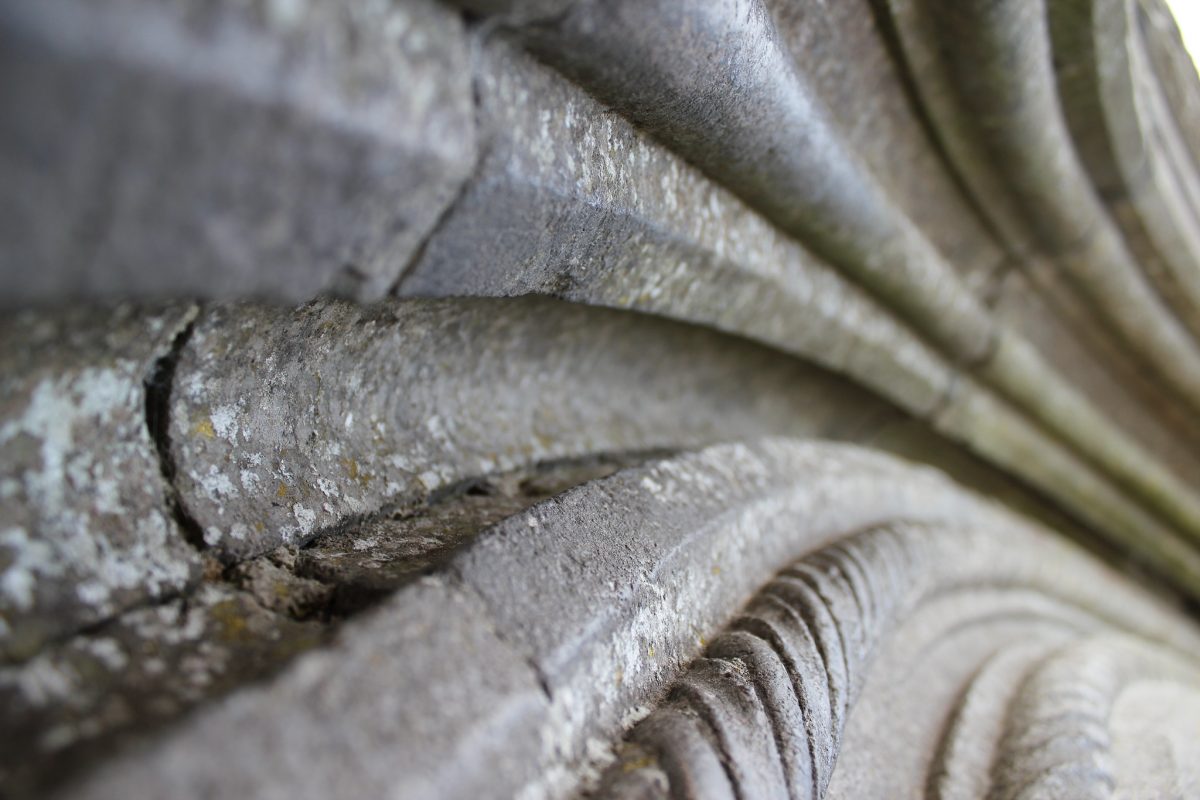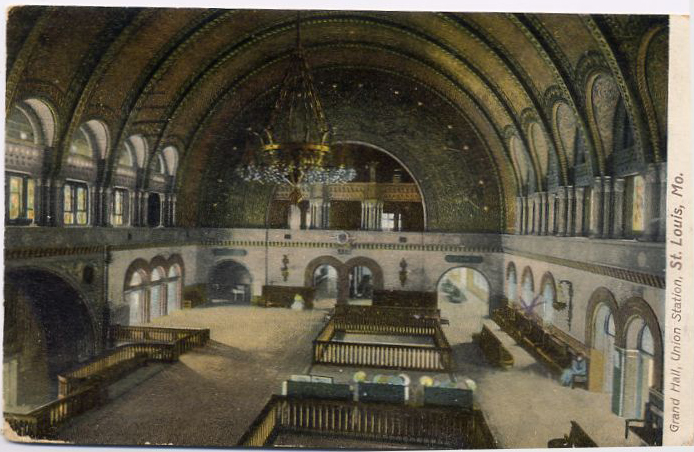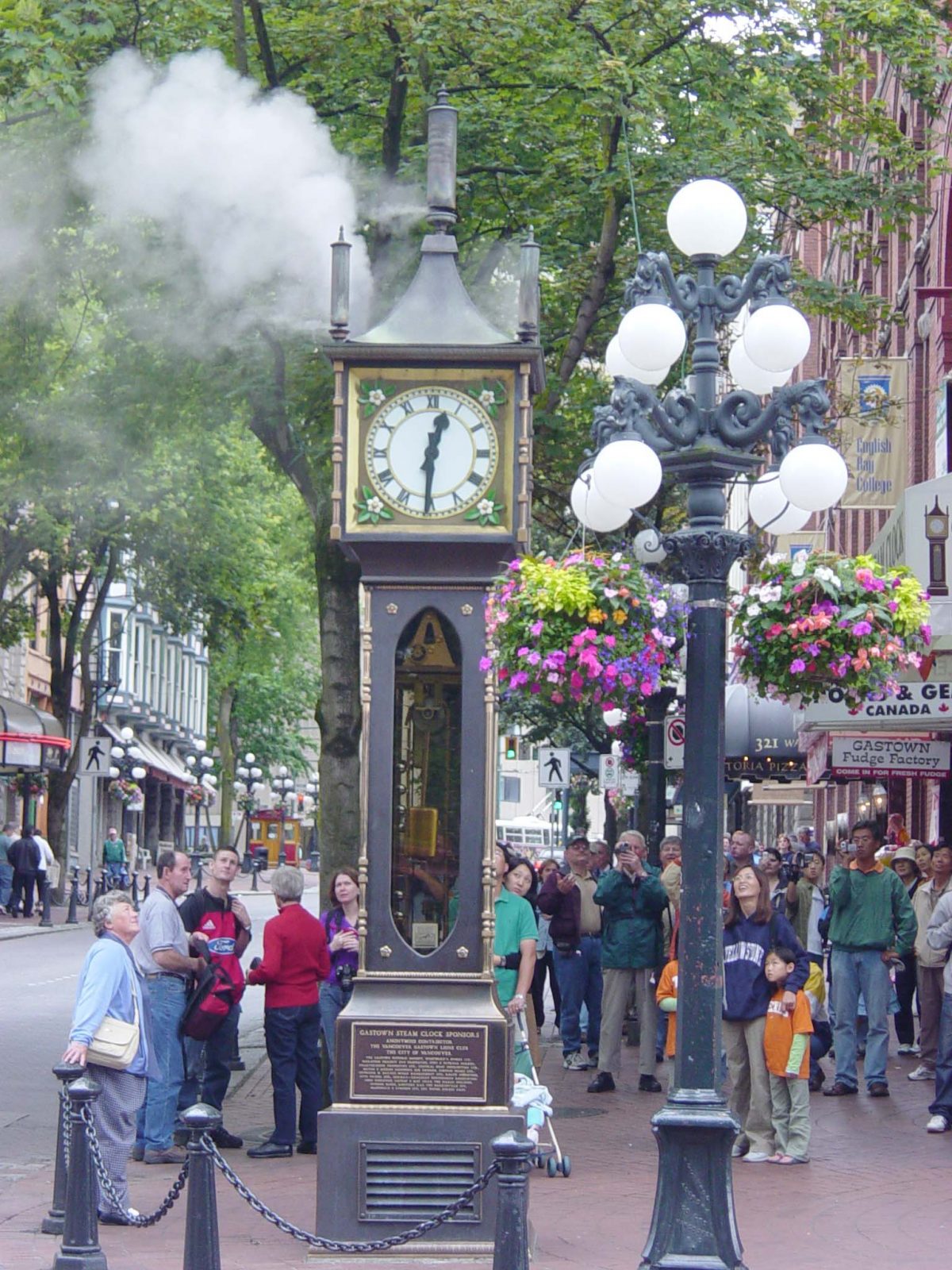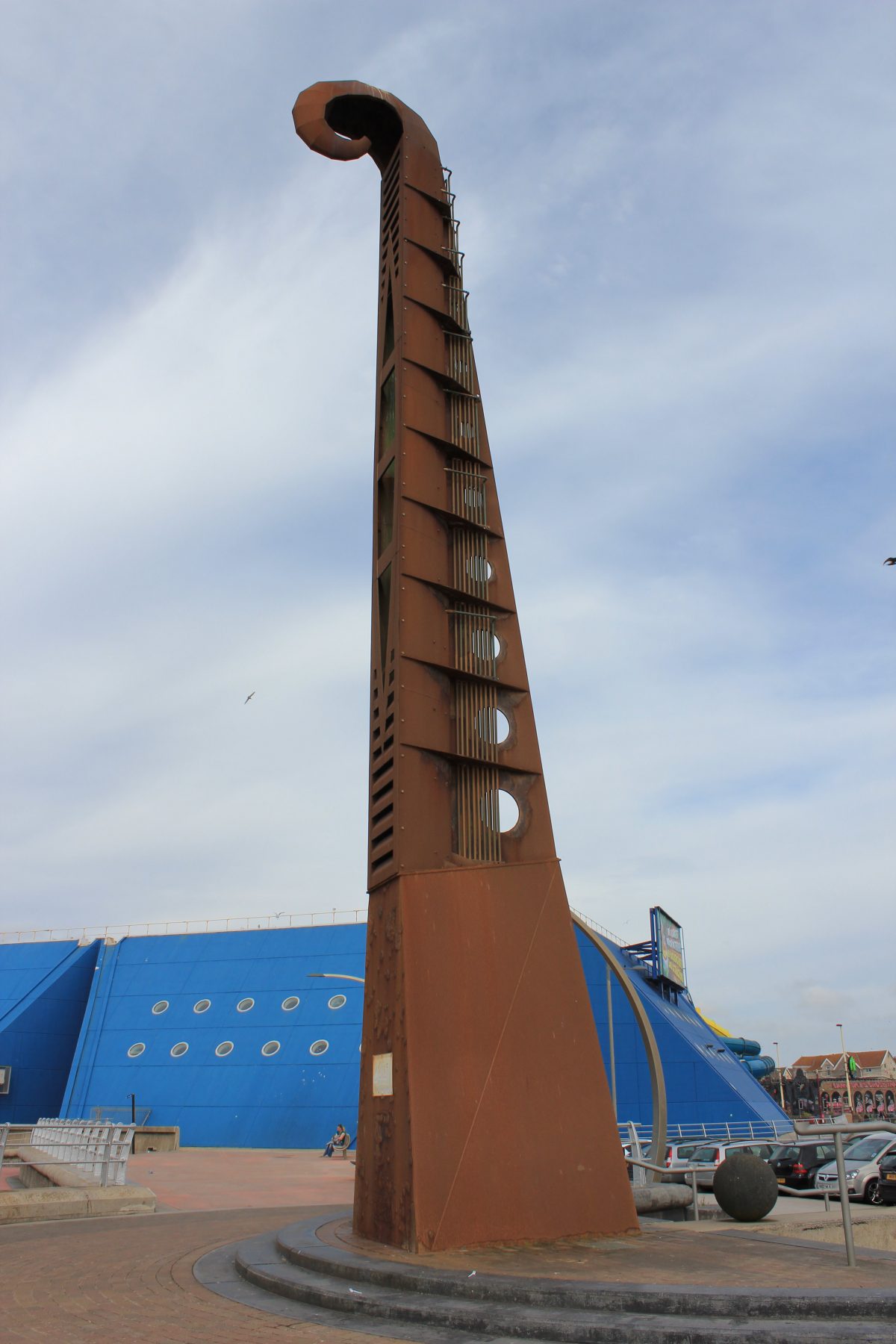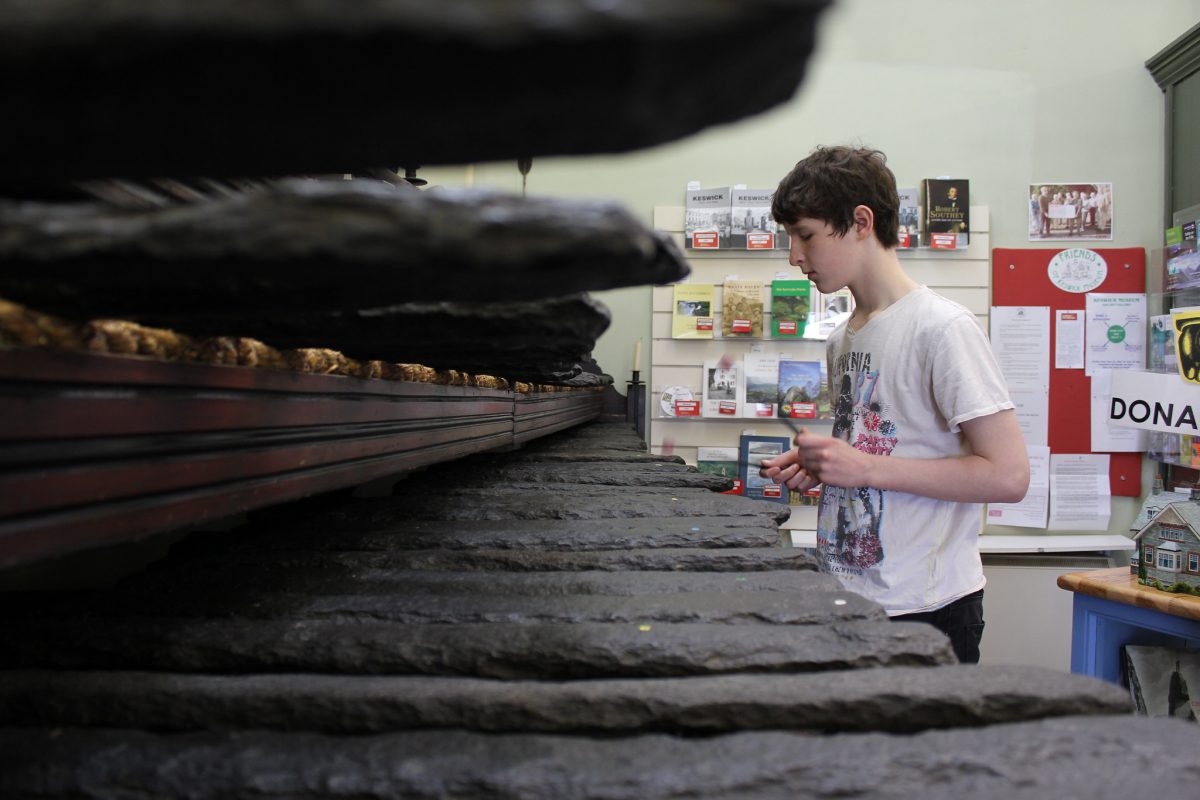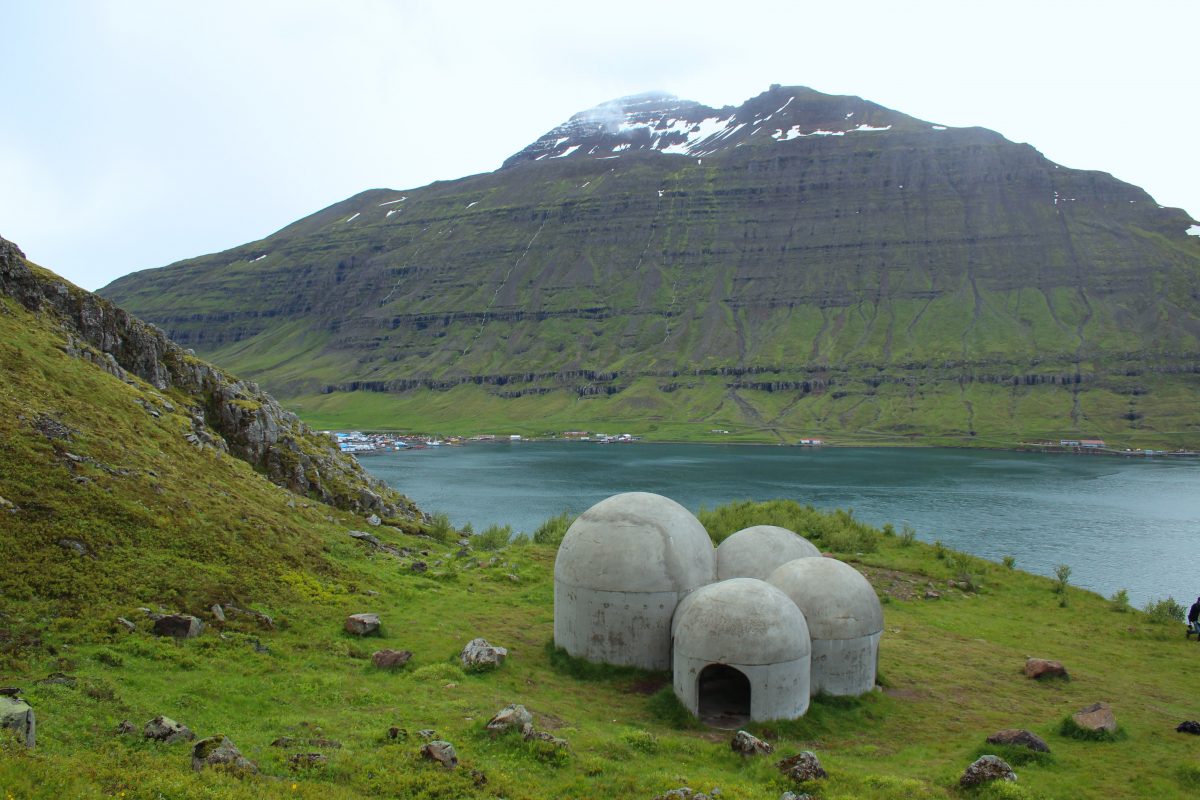A spherical room that allows you to whisper sweet nothings in your ear!





(1 Votes, average 5.00) Loading...
Loading...
The Mapparium is a giant hollow globe of the world, with the seas and continents vividly drawn on stained glass. It was built in 1935 following a suggestion by architect Chester Lindsay Churchill. It took eight
months to paint and bake all 608 glass panels, which are mounted on a spherical bronze frame.
You traverse a walkway cutting through the center of the Earth linking up two opposite points on the equator. Three hundred lightbulbs illuminate the globe from the outside. Looking at the world from the inside out is an odd experience, but what also strikes visitors are the strange acoustics, which were an accidental by-product of the geometry.
One of the effects you’ll hear is false localisation:
“Suppose you are on the Mapparium bridge facing South America. There is a source of noise to your right, but you discover that you hear the noise coming from your left!”
William Hartmann, Michigan State University
This happens because the reflections from the globe are focussed and very loud. Your brain thinks the sound is coming from the reflection direction and not direct from the source. This focussing also allows you to do things like whisper in your own ear!
As you approach the exact center of the Mapparium sphere you suddenly become aware of strong reflections of your own voice . . . If you sway to the left, you hear yourself in your right ear. If you sway to the right, you hear yourself in your left ear.
William Hartmann, Michigan State University
Location
Marky Baker Eddy Library in Washington. They have regular tours. At the end of my tour, they allowed us to linger a little to play with the acoustics.
Credits
Photo: Smart Destinations
